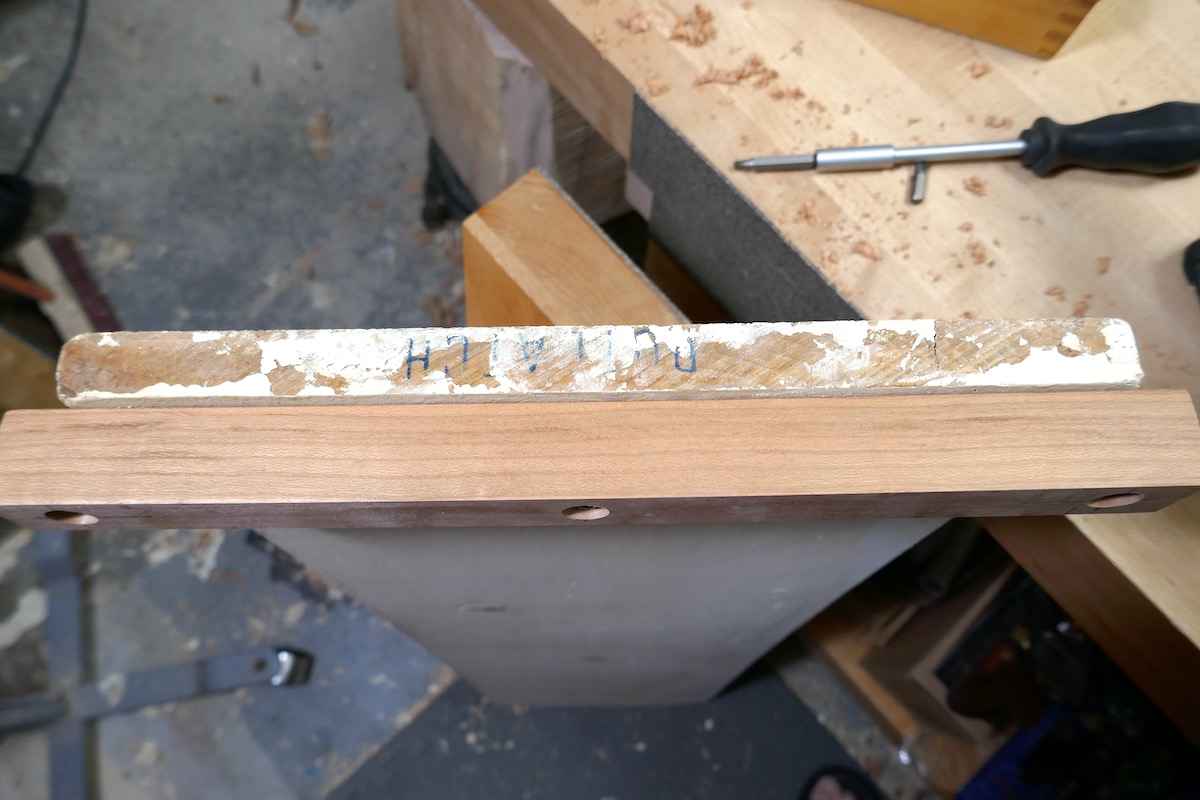We may receive a commission when you use our affiliate links. However, this does not impact our recommendations.

An easy way to fix cupped boards.
After our discussion last week on why plain-sawn lumber tends to cup as it dries, I’m eager to share a solution for reforming cupped boards, like the old pine shelves in my closets. Some might argue that the simplest fix is to attach a batten underneath the shelf to pull it back into shape—and they’re not wrong. However, this quick fix requires careful planning; otherwise, we risk exacerbating the issue by inviting expansion and contraction cracks to haunt the board.
Here’s the crux of the matter: when solid wood boards absorb moisture, they expand across the grain but not along it. In the humid summer months, especially in regions with high air moisture, boards widen, only to shrink during the dry winter air. If we were to attach a long grain batten directly to the width of a solid wood shelf, it wouldn’t be able to accommodate the board’s seasonal width changes. Consequently, the batten and the shelf would be strained as the fasteners anchored in the boards compress the fibers unnaturally, leading to checks or cracks. So, how do we navigate this challenge? By allowing the tied-down board to move beneath the batten, using enlarged fastener holes in the batten.
Consider this illustration: the straightening batten is positioned across the boards and secured with three flat head screws plus wide washers. The middle screw passes through the batten via a narrow through hole—just wide enough to allow it to plunge into the batten freely without engaging the threads. However, the two outer screw holes at the beginning and end of the batten are widened. By widening the through-hols in the battens, we create a design that allows the screws to move outward or inward with the expanding board underneath while their heads and washers maintain downward pressure on the batten, counteracting the board’s cupping.

Doubling the width of the holes (A) will allow the shank or the threads of the screw to travel back and forth as the board they are screwed into widens and shrink during the seasons.

The batten and the shelf I tested it on.

Preparing the batten. Notice that on top of the enlarged through holes, I also incorporated enlarged counterbored holes to hide the screw heads.


I use a drill-diameter gauge to find the perfect size for the enlarged batten hole. Look for a diameter that allows the screw to move freely to the right and left.


Before driving in the screws, secure the batten tightly onto the shelf with clamps. Depending solely on screws, especially with softwood boards, can result in the screws dicing the grains, unable to anchor properly as they struggle to force the board to flatten.



On rare occasions, flattening a cupped board may cause a crack on the concaved face.

Stay tuned for my next post, where I’ll delve into other, more refined techniques for stabilizing or flattening cupped boards.
Here are some supplies and tools we find essential in our everyday work around the shop. We may receive a commission from sales referred by our links; however, we have carefully selected these products for their usefulness and quality.








